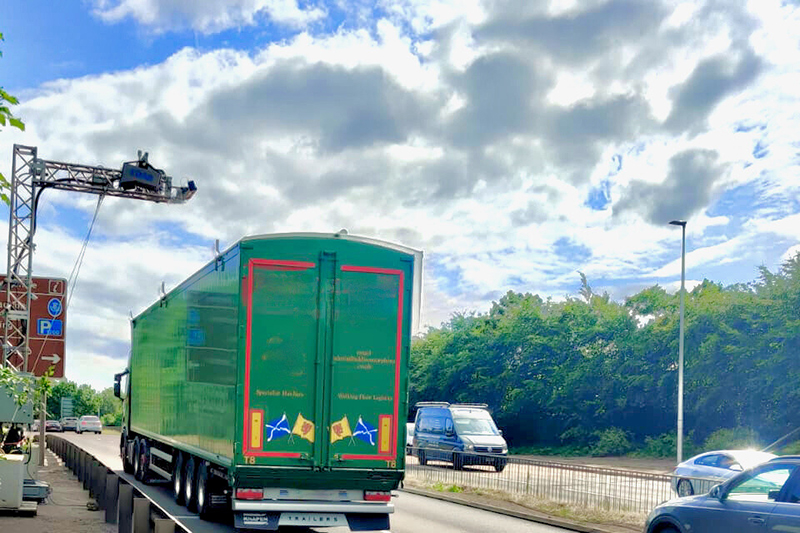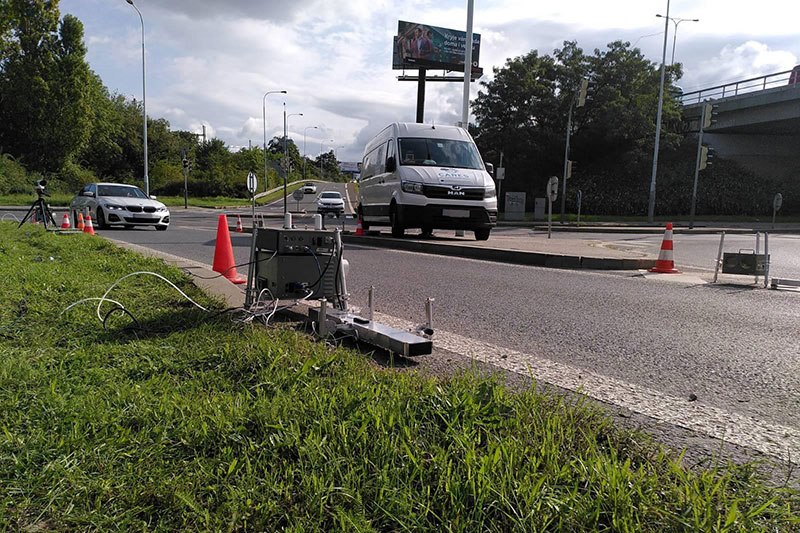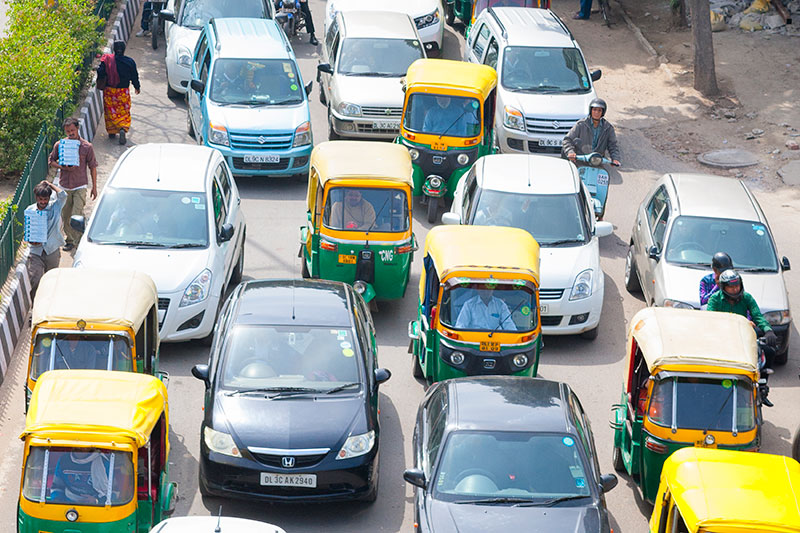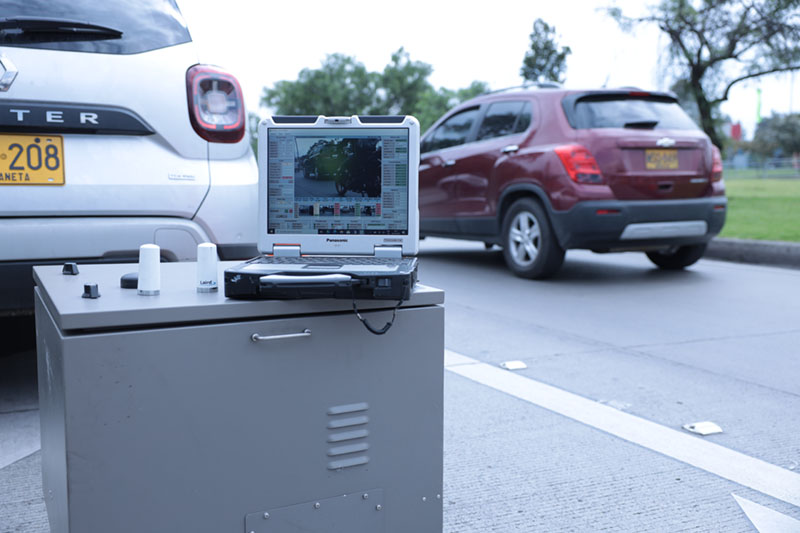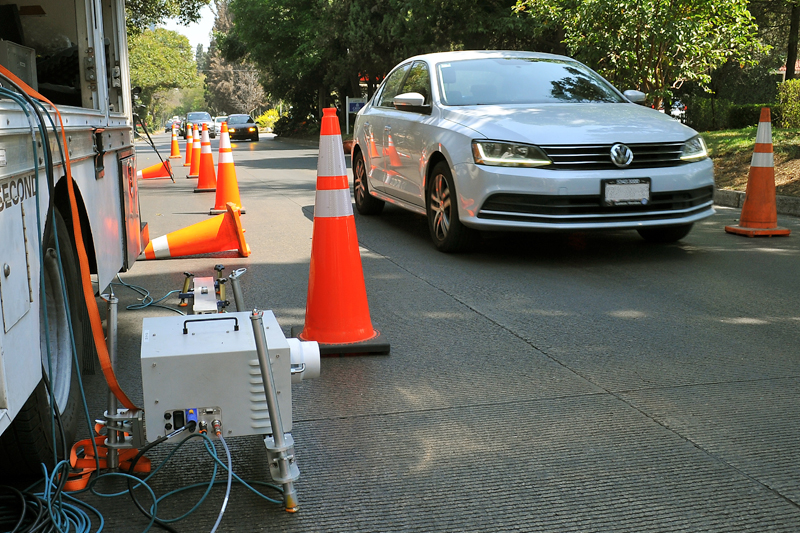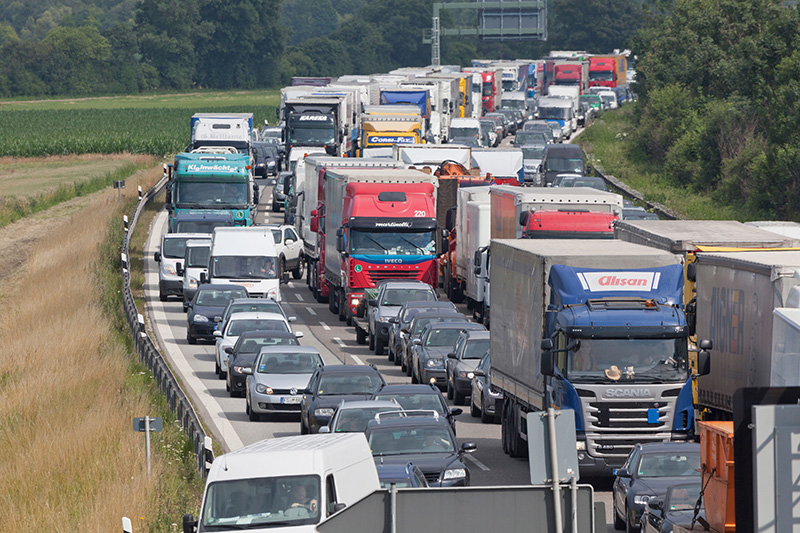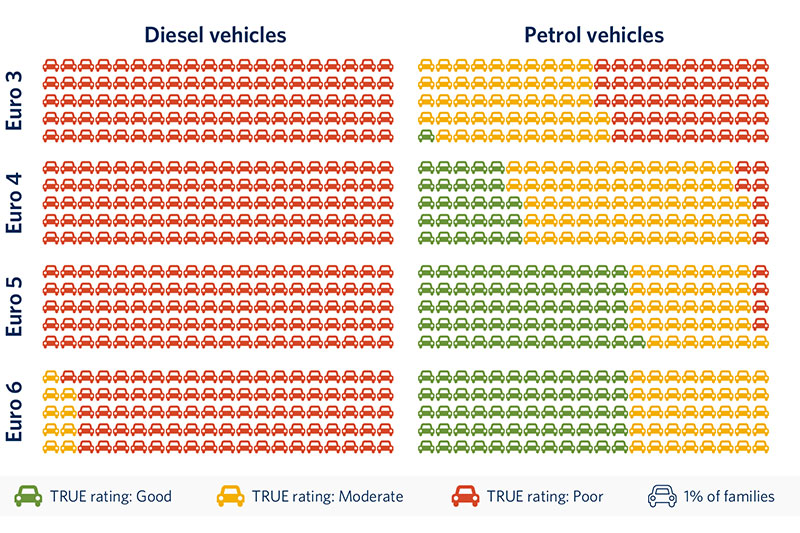Cities can guide electrification of ride-hailing fleet says new ICCT paper
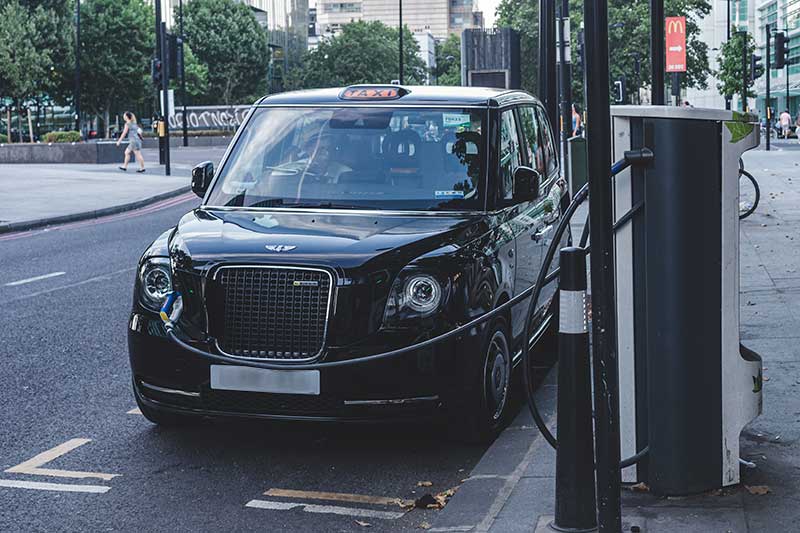
A new guide to electrifying ride-hailing vehicles for cities has been launched by TRUE partner, the International Council on Clean Transportation (ICCT).
Technology improvements and commitments by ride-hailing operators and governments alike indicate that ride-hailing fleets are poised to shift to electric vehicles. This shift could result in outsized climate and public health benefits due to the high number of kilometres driven by these vehicles.
Major cities where these fleets are concentrated can play a role in making this transition faster and maximizing the benefits for drivers, the public, and the climate. This was highlighted by TRUE data relating to black cab emissions which resulted in the Mayor of London, Sadiq Khan, announcing accelerated policies to shift the black cab fleet to electric vehicles.
In order to support the shift to electric by ride-hailing fleets, city governments can implement policies that address the barriers of affordability, convenience, and awareness.
The paper identified that city policy can help to ensure that ride-hailing operator commitments become reality. Ride-hailing operators have set ambitious timelines for electrification which complement or surpass city and national goals. These commitments set a pace of electrification far faster than the private vehicle market in most cities and can potentially have outsized climate and air quality benefits. Cities can help to ensure these targets are met by adopting comprehensive strategies in coordination with stakeholders such as ride-hailing operators, drivers, charging providers, and utilities. This would ideally include binding electrification targets that match operator timelines, schemes to make electric vehicles less costly to operate than combustion vehicles, and infrastructure build for overnight and mid-shift charging.
Affordable charging and emissions-based fees can make electric vehicles cost-effective for ride-hailing in the near future. Electric vehicles are well-suited to ride-hailing applications because of their low per-mile operating costs. In most European and North American markets, electric vehicles are cost-competitive with conventional hybrids to use in ride-hailing applications if affordable overnight charging is available but are 15%-20% more costly if drivers rely on public DC fast charging. Cities and ride-hailing operators have many options to bridge this cost gap, including per-mile or per-trip fees on combustion vehicles, differentiated congestion pricing, upfront purchase incentives or tax discounts, and providing more affordable charging options.
Convenient charging at home and at destinations will be a crucial enabler of electrification. As with the broader market, convenient, affordable charging infrastructure is a key enabler of mainstream electric vehicle adoption for ride-hailing drivers. Cities should prioritize programs that provide overnight charging in private garages, at multi-unit dwellings, and curbside in residential areas. Additional DC fast charging, either public or exclusively for ride-hailing vehicles, will also likely be needed. Data on ride-hailing trips and driver residences will be important in determining the number and ideal location for new chargers.
